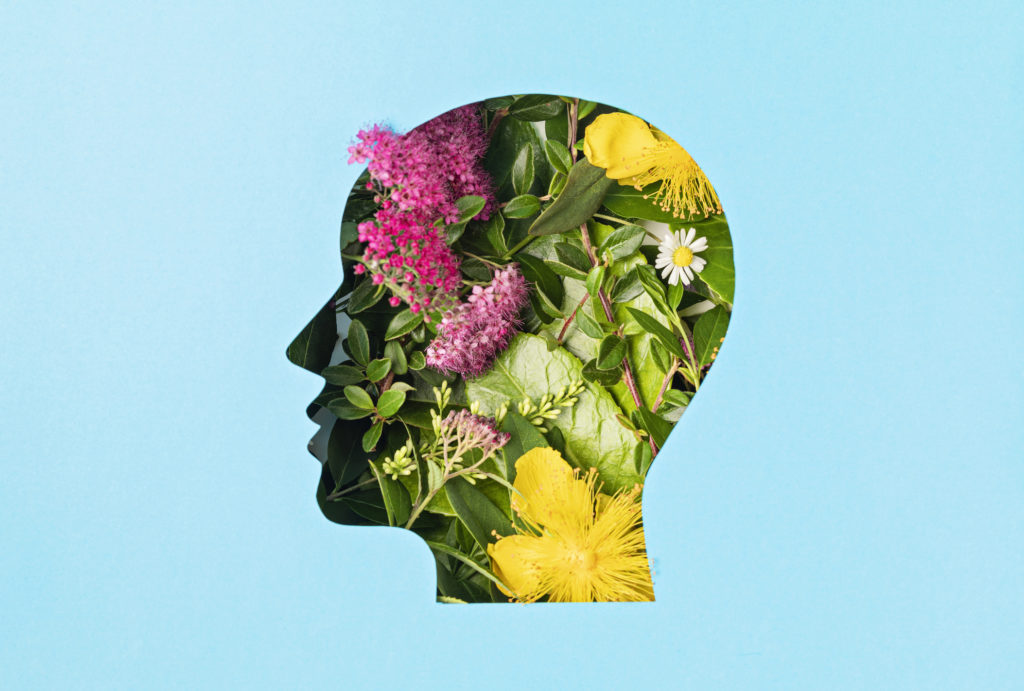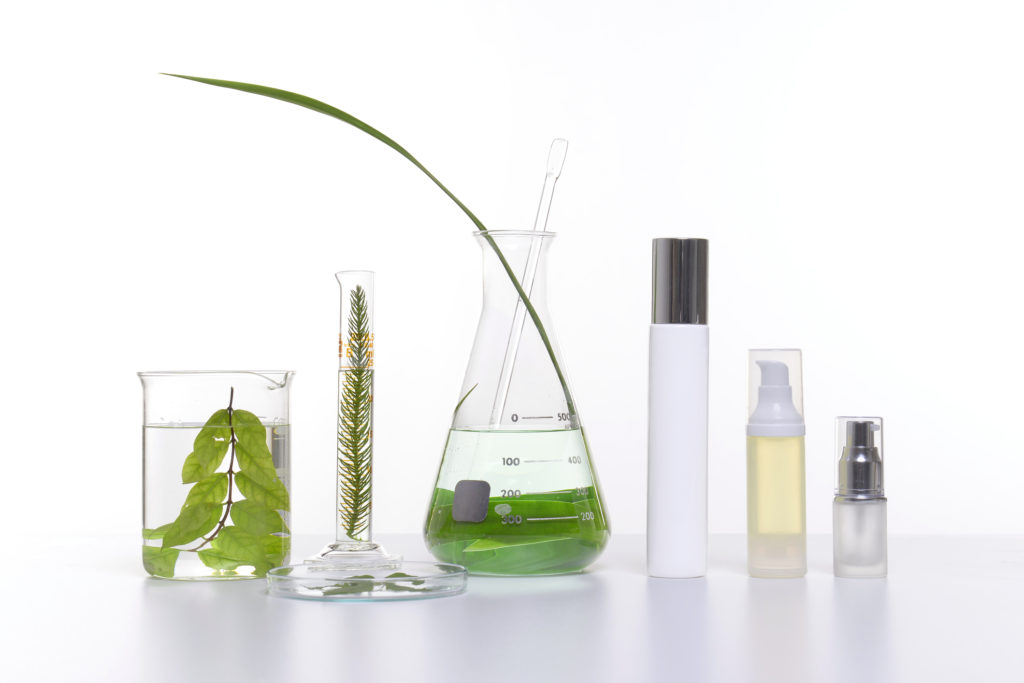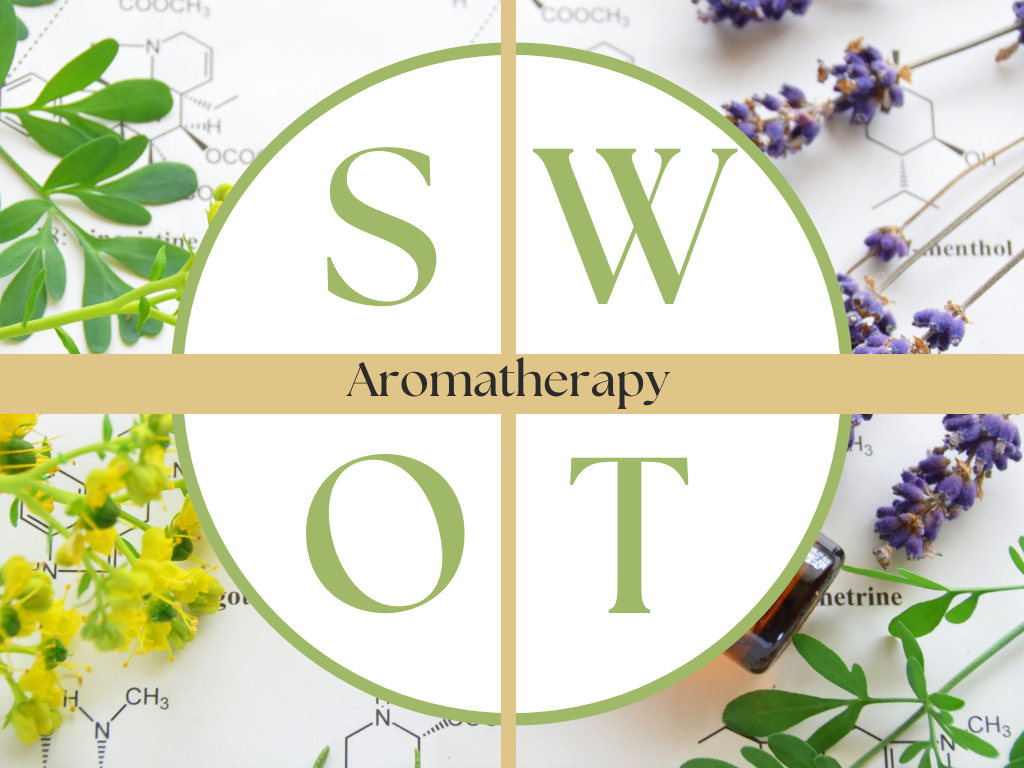At some point in your aromatherapy journey, you may come to a conclusion that there may just not be an oil for everything. Just like this person:
“The course made me realize that there are so many challenges that face Aromatherapists: suppliers don’t commonly give GC-MS for batches, oils are commonly adulterated, you can’t tell easily if an oil has been sitting in a drum for months, there are almost no regulations for essential oils and what’s inside them and lastly, even if you do know what the constituents are that are contained in an essential oil, you cannot be sure that the effect will be the same as what you would expect!… it really made me very disappointed in essential oils as a therapeutic agent and in Aromatherapy as a discipline – but the truth shall set us free, I suppose.”
This came from a recent feedback form for one of our courses. This particular person was disappointed to learn that what they believed was a thriving evidence-based modality had many challenges to face – from sourcing, quality control, to actual therapeutic application. And I absolutely understand where they were coming from! Discovering essential oils is like entering a new magical world. Your sense of smell awakens often for the first time, and you hear all these wonderful things about how you can use essential oils for anything – from cleaning your bathroom to curing pretty much every disease known to man. Who wouldn’t fall in love?
 And then you stumble upon the Tisserand Institute, and you see all these safety guidelines and debunking myths and claims. In a way it is a sobering experience. You learn that there may not be an oil for everything. And it would be easy to dismiss essential oils when you learn that their uses are, in fact, limited. But it would also be a shame, as aromatherapy is a great modality, and I would argue it can be used more efficiently when you are aware of the challenges.
And then you stumble upon the Tisserand Institute, and you see all these safety guidelines and debunking myths and claims. In a way it is a sobering experience. You learn that there may not be an oil for everything. And it would be easy to dismiss essential oils when you learn that their uses are, in fact, limited. But it would also be a shame, as aromatherapy is a great modality, and I would argue it can be used more efficiently when you are aware of the challenges.
So today I want to do a SWOT analysis of aromatherapy. If you’ve never heard of SWOT analysis before, it is a tool most often employed in business to identify the Strengths, Weaknesses, Opportunities and Threats for a company. It’s also a very useful tool in general if you want to assess a situation. Kind of like a more extensive pro-con list. And that’s what I want to do for here, as a way to showcase the strengths as well as the challenges. And in the end you may be surprised that we are way less skeptical than you thought!
For the purposes of this article, I’m defining aromatherapy as using essential oils in a therapeutic way, meaning in a way that promotes better health, wellness or quality of life.
S is for strengths
I love starting on a positive note. There are many strengths that can be listed for essential oils as used in therapy.
Firstly, they are very accessible. Other than financial constraint there isn’t much preventing you from creating your own essential oil collection, and if you start with one or two oils the affordability is even better. There are also no restrictions, you don’t need a prescription to purchase essential oils, and you don’t need a license to use them. This is in a way a double edged sword, but mostly the accessibility is an advantage.
They are also easy to use – especially if you use them through inhalation. You don’t need to read through hundreds of pages of manuals to be able to put a few drops on a cotton pad and take a deep breath. Things can get a bit more complicated if you want to make your own products, but relatively speaking compared to other cosmetic ingredients, essential oils are not fussy as long as you dilute them in an oil-based medium.
 One of my favorite features of aromatherapy is the double effect – essential oils work on both a psychological and a pharmacological level. It’s the aroma that can switch your emotional state with one inhale, while the chemical compounds sooth inflammation on your skin. You can even harness both effects at the same time, creating a functional fragrance.
One of my favorite features of aromatherapy is the double effect – essential oils work on both a psychological and a pharmacological level. It’s the aroma that can switch your emotional state with one inhale, while the chemical compounds sooth inflammation on your skin. You can even harness both effects at the same time, creating a functional fragrance.
And last but not least, essential oils are incredibly versatile in terms of the conditions they can be used for. Even with relatively limited research (and I’ll get to that in the next part), we know that inhaling essential oils is helpful for anxiety, can improve sleep, and open congested airways during respiratory infection. Applying them to the skin can alleviate pain, significantly reduce itching of many different origins, and there is some promise for conditions such as psoriasis. And (careful, informed) ingestion of essential oils has been known to help with anxiety, IBS, and even kidney stones.
The knowledge base is constantly growing – especially for those oils that are already used as medicines (Lavender, Tea Tree oil, Eucalyptus being examples) – but also for lesser known oils.
Between their affordability, ease of use, great smell as well as good therapeutic profile as far as complementary medicine goes, essential oils and aromatherapy indeed have many notable strengths.
Know your Weaknesses
Now for the second part of the equation – the weaknesses.
The first strength I mentioned was that essential oils are available to anyone, which means that there is little oversight of who is using essential oils and how. This can lead to dubious practices beyond the scope of home user, or even aromatherapy practitioner.
Since the modality of using essential oils therapeutically is relatively young (the term aromatherapy wasn’t coined until the early 20th century), there isn’t a huge amount of credible evidence for many of the current uses. In that context, claims are being made that are either not founded on anything, or extrapolated from what we know about herbs, or from research done in vitro, or even just made up. At best, such claims stem from simply not knowing better, at worst they are the result of malicious practice (snake oil comes to mind).
This has been amplified in the era of social media, where anything can be shared with little control or oversight. Regulators have had mixed results trying to address unfounded claims, especially when it comes to treating serious illnesses such as cancer, and the lack of universal education standards for aromatherapy have made it difficult to battle this within the profession.
Which brings me to the next weakness, that stems from the fragmented regulatory framework for aromatherapy practitioners. The definition and knowledge base requirements vary from country to country, and mostly are non-existent. There is a degree of self-regulation and guidelines when a professional organization exist on a national level, but membership is usually not mandatory. There are very few cases where aromatherapy operates within a nationally set framework with licensing and insurance requirements. This then leads to a messy environment for both the practitioners and clients.
Another weakness I’ve seen is the fact that sometimes we are inflexible when it comes to evolving evidence. This leads to what we can call ‘legacy myths’ – claims that were once believed to be true, yet have been more or less debunked in the light of more recent evidence. Aromatherapy is in no way unique in this, but I feel that for a modality that already operates with a limited amount of solid evidence we need to be aware of this particular weakness.
A lack of robust and high quality research is another weakness. We have seen growth in the number of studies done on essential oils, however many of these are lacking in one or more aspects. There are a few well-researched oils, but for most oils we don’t know enough to justify their use other than for how they smell (which is still a great way to use them!).
Lastly, the unregulated environment allows for unsafe practices circulating in social media, such as using large amounts of essential oils long term, applying them to the skin undiluted, or adding them to water without proper dispersion. These have led to adverse reactions, which are occasionally very serious.
Opportunities galore
This part of a SWOT analysis focuses on the future, and on what can lie ahead if all the strengths are harnessed. I love to talk about the opportunities as they help create a vision for the future, and keep us hopeful. And there are so many opportunities for aromatherapy!
The fact that we have many legacy claims (not necessarily myths) that have yet to be tried and tested in practice means that we have so much yet to discover. The research opportunities are endless, and I’m not speaking only about big clinical trials – case studies, case series and similar data-collecting opportunities are a great way to bring more rigor into our field.
 We’ve already seen a boom in essential oils use in palliative care, in management of chronic health conditions, and to some extent in dental care. This is where essential oils and aromatherapy can shine the brightest! We may not be able to point to an essential oil that cures Alzheimer’s disease, but we can soothe the agitated mind. We are nowhere near finding an aromatic cure for cancer, but essential oils are already helping with the treatment side-effects such as nausea and pain. All of that is an incredible field for growth, not to mention the opportunity to make a real difference in people’s lives. This is, after all, why people turn to complementary medicine – to pick up where allopathic doctors left off.
We’ve already seen a boom in essential oils use in palliative care, in management of chronic health conditions, and to some extent in dental care. This is where essential oils and aromatherapy can shine the brightest! We may not be able to point to an essential oil that cures Alzheimer’s disease, but we can soothe the agitated mind. We are nowhere near finding an aromatic cure for cancer, but essential oils are already helping with the treatment side-effects such as nausea and pain. All of that is an incredible field for growth, not to mention the opportunity to make a real difference in people’s lives. This is, after all, why people turn to complementary medicine – to pick up where allopathic doctors left off.
I already mentioned the concept of functional fragrance – a blend of essential oils created both for its smell and for its physiological benefits. This area is a great opportunity for natural skincare creators. The concept of ‘aromatherapy’ has already been partially embraced by the perfume industry, although we could question whether this development is appropriate. This may not technically be a new opportunity, but it is something that we can explore more in the future, taking advantage of the trend.
And speaking of psychological benefits, essential oils are an incredible tool for mental health management. We’ve been talking more and more both about the mental health crisis in our society, brought on by the various upheavals around us, and we’ve also been talking about the need for mental health management. And here aromatherapy can absolutely be a big part of the solution.
Threats to be aware of
And lastly, let’s look at the negative trends that we will need to grapple with. I would broadly put them under three categories: sustainability, regulation and dismissal.
The first category encompasses the stresses put on essential oil production and trade by unsustainable practices and by climate change. Making sure that the resources we are using are sustainable and renewable goes without saying, but we also need to take into account the impact of climate change in a broader sense. The catastrophic flooding in Pakistan in 2022 will indeed have ramifications on Rose oil production, just like the 2020 fires in Australia did on Tea Tree. Vanilla production was already strained by disease affecting the Madagascan crops, to be all but devastated by a series of tropicals storms that hit the island. To address this threat we need to think about where and how are we sourcing our aromatics.
When I speak of regulation as a threat I do not do so lightly. The lack of regulation within aromatherapy invites regulation to happen to it – often with lack of knowledge. We’ve already seen many constituents being flagged as allergens by EU regulators, who are now debating whether to flag certain essential oils as endocrine disruptors. Unfortunately regulators don’t always go by scientific rigor, and once a decision is made it is almost never reversed. Limits and regulations have their place, after all they are supposed to protect the consumer from harm.
To be able to effectively address the threat of overregulation, we need the strongest possible lobby from associations within, or close to, our own industry, and right now we do not seem to have a strong place at the table. And we also need to make sure that the broad use of essential oils is safe – the more adverse events that get reported in the scientific literature, the more regulators feel compelled to intervene to protect the population.
And lastly, I see a threat in not being taken seriously by health care professionals (and regulators). Partly due to the lack of substantial research, partly due to being sometimes lumped together with dubious pseudoscientific trends, many are quick to dismiss essential oils and aromatherapy as nothing more but another snake oil fad. If we are to rise up to the opportunities presented before us, we need to make sure to communicate clearly and with rigor the many benefits that essential oils bring to the table.
“…the truth shall set us free”
I love doing SWOT analyses, or any type of similar big picture exercise. It feels like taking a view from the top of a mountain, or looking at a map, and trying to figure out where everything is so that you can plan the best way forward.
Looking at the list of strengths, weaknesses, opportunities and threats for aromatherapy paints a picture that I would say is very optimistic. We have a lot to work on, yes, but we also are at a very exciting place where we know enough to know that aromatherapy is absolutely worth pursuing, and we also know that we have an incredible amount of discovery still in front of us.
Do you agree with this analysis? I’d love to hear your take on the S, W, O and Ts! 



A delightful article, Hana! Glad to see these thoughts articulated so clearly… Here’s to the future of AROMATHERAPY!!***!!